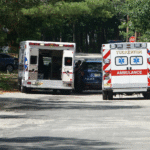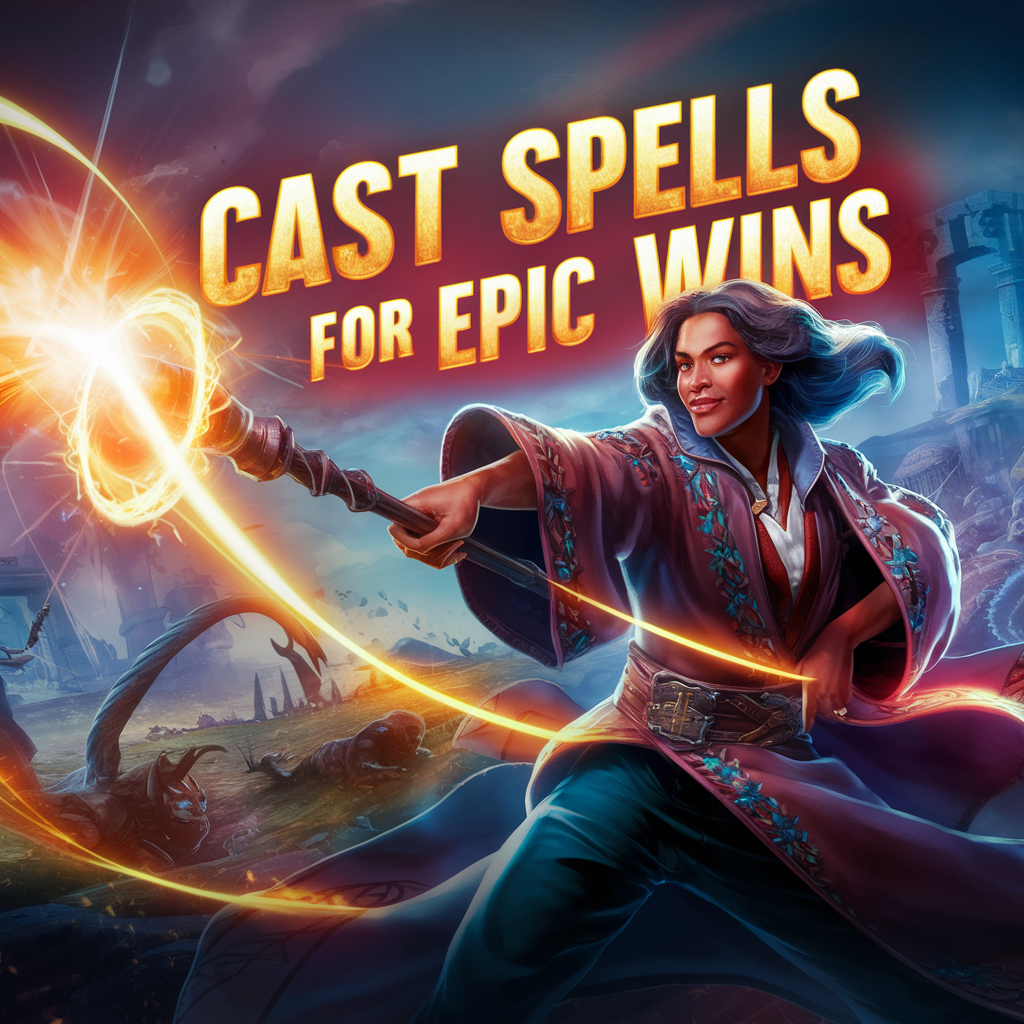If you’re going at it with some friends, you might as well synergize!
Path of Exile 2 came out in early access on December 4, 2024, and since then it has traveled a long way. Specially when comparing it to its predecessor! Although the solo is very rewarding on its own, cooperative play elevates the game to a whole new level. Building a perfect co-op party can make the journey considerably more efficient and pleasant, whether you’re leveling up together, preparing to tackle endgame content, or joining up to play through the entire campaign together.
And if you’re currently trying to catch up to your buddies, or they’re trying to catch up to you to be at the exact same level of items and equipment, I do recommend you buy PoE 2 currency. This will expedite the process of getting to your teammate’s level!
Why Co-Op composition matters
Unlike many games where co-op is just an afterthought, Path of Exile 2 gives you room to create teams that synergize, specialize, and complement each other’s strengths. That’s why you need to take advantage of this to create a team that plays off of each party member. Your playstyle and group efficiency are impacted by every skill, passive node, and piece of equipment you choose. A single character of any class can clear content on their own, but a well-constructed party can improve survivability, progress faster, and deliver gameplay that’s more exciting.
Some of the main reasons a good team composition matters are:
- You can split responsibilities like crowd control, damage dealing, and buffing.
- Different builds cover different weaknesses. So you can have a party member that specializes in dealing cold damage to enemies with low cold defense.
- The game scales difficulty in multiplayer, so being efficient becomes important.
The Party roles
Like in most RPG games, a good party has some roles that need filling. A solid co-op group typically includes the following:
DPS
These players focus entirely on maximizing damage output. In a well-rounded group, you want to include different types of DPS so you’re covered against enemies with specific resistances. Some useful subtypes include:
- Elemental Casters: Deal fire, cold, or lightning damage. Often come with useful status effects like freeze or shock.
- Physical Damage Dealers:Use melee or bow skills that rely on raw power and bleed or impale mechanics.
- Chaos/Poison Specialists: Focus on long-lasting damage over time effects that bypass energy shields and resistances.
It’s advised to have a DPS that’s good with AoE attacks and one that’s good for single-target attacks. This way you can dispose efficiently of both bosses and regular enemies.
Support
Support builds aren’t about dealing damage themselves, but rather improving the team’s efficiency and survivability. There isn’t a dedicated “healer” class, but supports in PoE 2 can provide:
- Offensive buffs through auras or charges
- Defensive bonuses like increased resistances or damage mitigation
- Curses to weaken enemies
- Crowd control via chill, freeze, or stuns
Popular support archetypes include Aura Bots, who stack powerful team-wide buffs, and Curse Bots, who apply debuffs that significantly reduce enemy effectiveness.
Frontliner
You might not be aware of this term. A frontliner is similar to a tank in the sense that these are meant to be on the front of an assault, but they lack some of a traditional tank’s abilities, like their way-above-average survivability. Frontliners are usually tougher melee builds who get into the thick of battle, keeping enemies focused on them while allies attack from a safe distance. Their role may include:
- Applying bleed or other debuffs in close range
- Using warcries or area skills to draw attention
- Holding key positioning to protect squishier party members
Durability, crowd control, and utility are key traits for this role.
Ideal Party Composition for 4 Players
Path of Exile 2 allows parties of up to 6 players, but since the traditional gaming team is typically around 4 I will focus on the composition that this number should look for. In a group this size, each player should take on a distinct role while remaining flexible enough to adapt to different situations.
Example of a balanced 4-player party:
- Player 1: Cold AoE spellcaster (clears mobs quickly)
- Player 2: Chaos damage over time specialist (handles boss damage)
- Player 3: Support character with auras and curses
- Player 4: Melee physical build that acts as a frontliner
This setup ensures:
- Multiple damage types to deal with resistances
- Area and single-target capabilities
- Team-wide buffs and debuffs
- A strong defensive presence up front
You don’t need to follow this formula exactly, but using it as a guide will prevent your team from becoming too one-dimensional.
Best classes for each role
Great DPS Classes
- Sorceress: Excellent for elemental spellcasting, especially fire and lightning builds.
- Ranger: Flexible with bows, traps, and poison-focused skills.
- Witch: Known for chaos and summoning builds, ideal for DoT playstyles.
Great Support classes
- Witch: here yet again because certain builds can be Curse-heavy, making this class ideal for weakening enemies. This class is overall very diverse, and I would recommend seeking guides on how to properly make a build for it.
- Druid: Offers unique support mechanics and elemental control.
- Mercenary: Excellent for movement speed and utility buffs.
Great Frontliner classes
- Warrior: High health and armor scaling make this class perfect for close combat.
- Monk: Great for close-mid range combat, with movement and evasive play being used.
There aren’t many frontliner classes as of right now, but these two are specially good at it. PoE2 allows massive build flexibility, so roles are more about what you do with your skills and passives than the class name alone.
Team coordination
I wanted to make a short list of some very useful tips to make sure your team truly synergies.
Communicate build goals
Before you start, talk to your team about your plans. Avoid overlap where possible. For example, if two players rely on the same elemental damage type, they may run into problems against enemies resistant to that type. Spread out damage types and skill purposes.
Be smart about buffs and debuffs
If someone’s running a curse-heavy build, make sure other players are set up to benefit from those debuffs. Likewise, aura users should tailor their choices to benefit the team. For example, if three people deal physical damage, the support should use Pride or Hatred rather than an unrelated elemental aura.
Loot
Path of Exile doesn’t auto-distribute loot. Make a plan in advance: Will you roll on unique items? Split currency evenly? Allow one person to focus on crafting? It’s better to discuss this early than argue later.
In conclusion
Building the perfect co-op party in Path of Exile 2 isn’t just about numbers, it’s about cooperation. When each player has a purpose, and every build works in harmony with the others, PoE2 becomes more than just a game. It becomes a strategic adventure where friendship and planning matter just as much as raw power.






